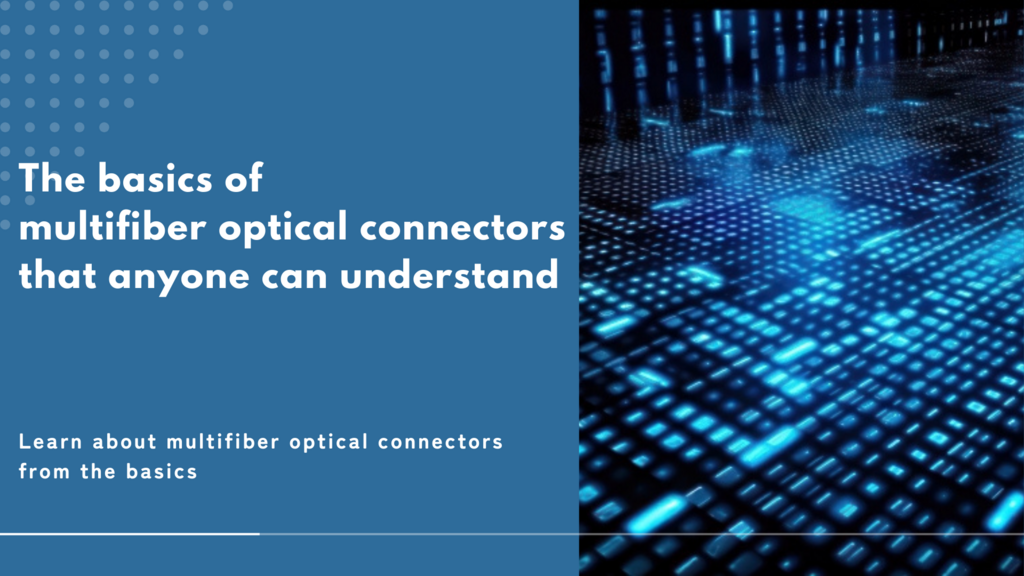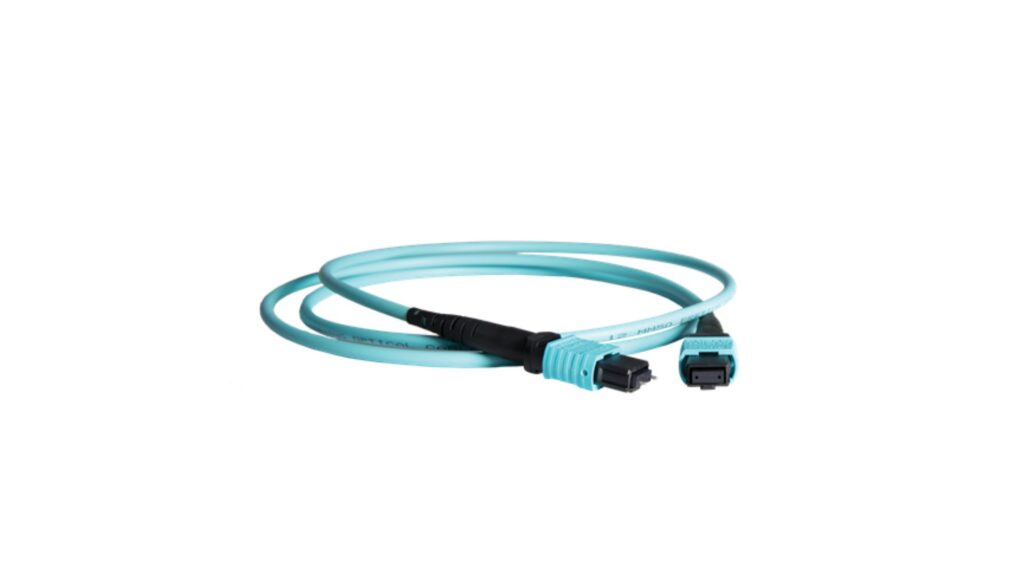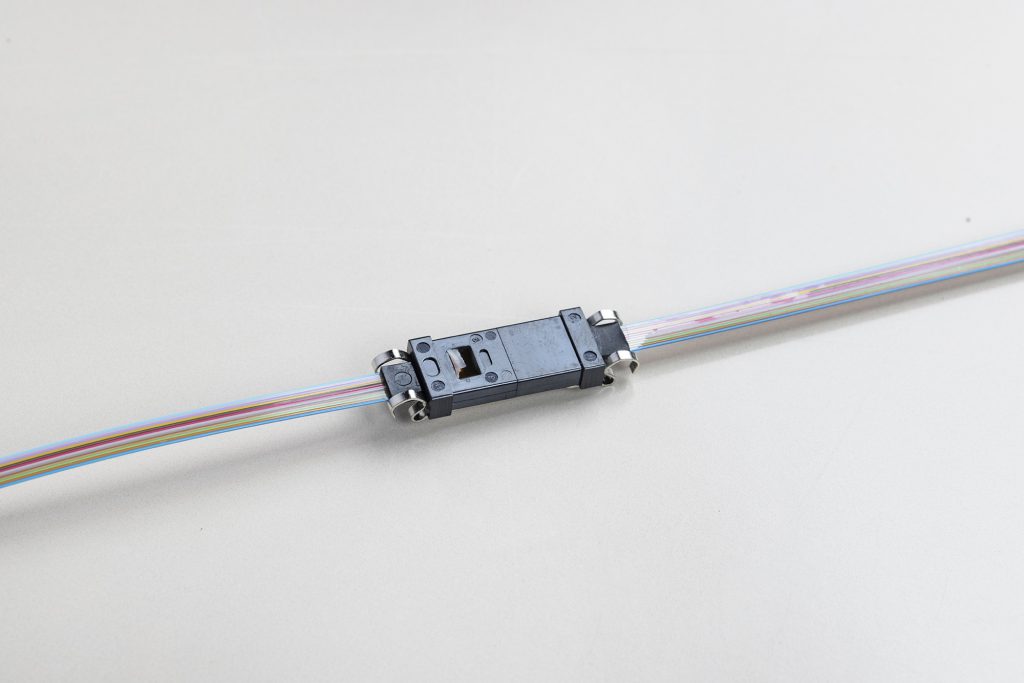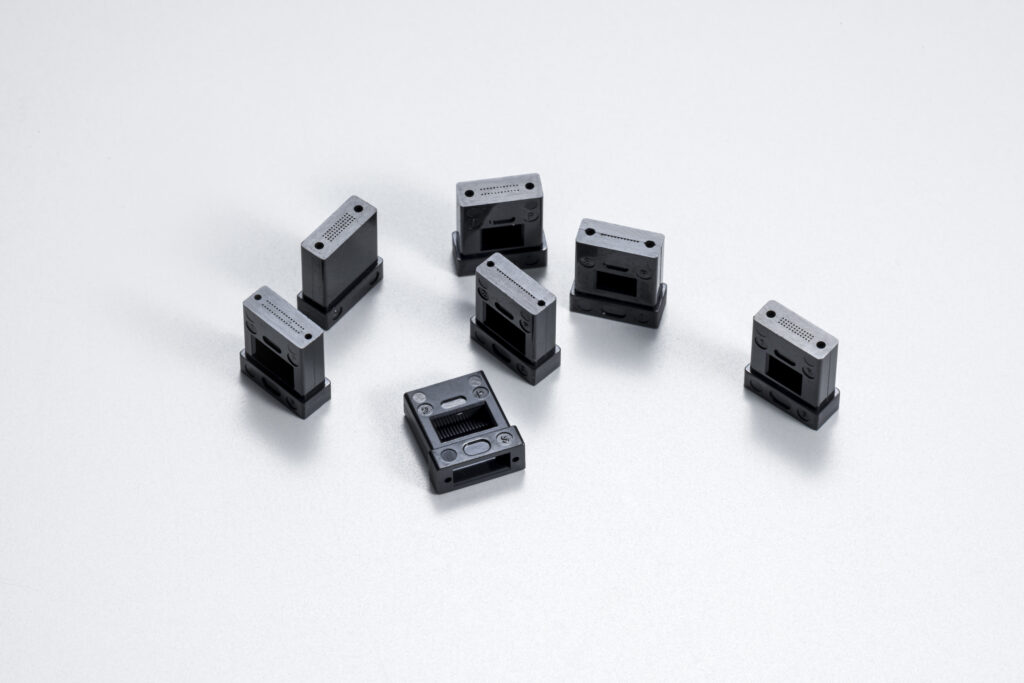The basics of multifiber optical connector that anyone can understand

Multifiber optical connector plays an important role in optical transmission that supports optical communication.
Especially in recent years, due to the increase in Internet traffic volume, there is a demand for higher speed and large capacity optical communication, so its importance is further increasing.
In this article, we will explain the basics of multifiber optical connector, their types, and their advantages.
Hakusan Inc. 's optical connection parts "MT Ferrule" are closely related to multifiber optical connector, so in order to explain MT Ferrule, we will first explain multifiber optical connector.
What is multifiber optical connector?
multifiber optical connector are connectors for connecting multiple optical fibers, and are used to ensure signal transmission quality and reliability in optical fiber communication systems. multifiber optical connector generally have 2, 4, 8, 12-Fiber, 24-Fiber etc., depending on the number of optical fibers.
Types and characteristics of multifiber optical connector
The main types of multifiber optical connector are:
MPO connector
- MPO (Multi-fiber Push On) connector: The MPO connector is a high-density connector that can connect up to 72 fibers (*1). It is widely used in data centers and high-speed communication networks such as FTTx. (Mostly used are 8-, 12-Fiber, 16-Fiber, and 24-Fiber fibers.) MPO connectors have a unique push-on structure for easy connection and disconnection.

*1: In recent years, MT Ferrule with even more cores have been developed.
Reference: Fujikura Ltd. "Ultra High Density Optical Connector for Optical Interconnection"
MTP® Connector
- MTP® (Multi-fiber Pull Off) Connector: The MTP® connector is an improved version of the MPO connector and is multifiber optical connector sold under the registered trademark of USConec, a US connector manufacturer. MTP® connectors are optimized for fiber optic placement and pin geometry. This ensures high reliability and performance. Since there is connection compatibility with the above-mentioned MPO connector, mutual connection is possible.

MT connector
- MT (Mechanical Transfer) Connector: An MT connector is a connector that mechanically connects MT Ferrule, a component that holds multiple optical fibers, with a guide pin for connection and a dedicated clip (MT clip). A dedicated clip attachment/detachment tool is required, but it features a small number of parts and can be easily connected.

MT-RJ connector
- MT-RJ (Mechanical Transfer Registered Jack) Connector: The MT-RJ connector is a miniature connector for connecting two optical fibers, housing the optical fibers in a shape similar to an RJ-45 connector. By using mini MT connector (2.5 x 4.4 x 8.0mm), which diverted the technology of MT connector (2.5 x 6.4mm x 8.0mm), it is a connector with reduced cross-sectional area.
Reference: Furukawa Electric Co., Ltd. "MT-RJ Connector"
What is MT Ferrule?
It is a part that has the role of a terminal that holds multiple optical fibers. There are optical fiber holes corresponding to the number of cores in the center, and guide pin holes into which connecting guide pins are inserted at both ends. All of multifiber optical connector introduced this time (MPO connector/MTP® connector, etc.) use this MT Ferrule in the connector housing (connector exterior).

summary
How did you like this article?
Among the types of multifiber optical connector, the key component "MT Ferrule" is used.
I would be happy if you could understand even a little about the basics of multifiber optical connector that support today's optical fiber communication.
Optical fiber communication technology is evolving day by day, and it is expected that the performance and types of multifiber optical connector will continue to improve in the future.
If you have any questions or inquiries about our company,
Please feel free to contact us.
